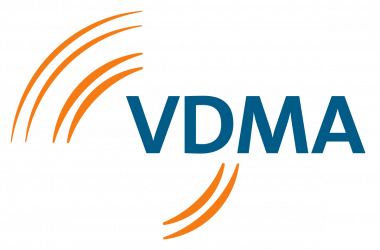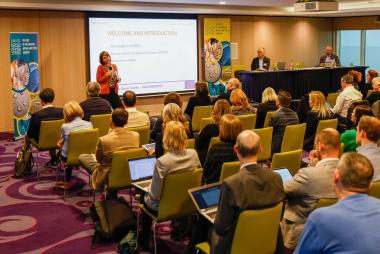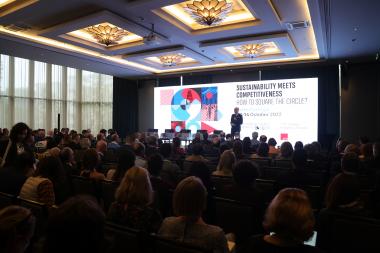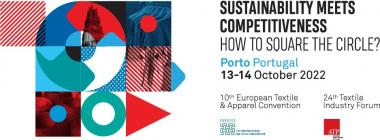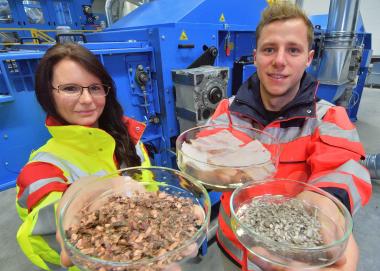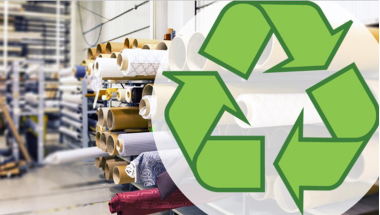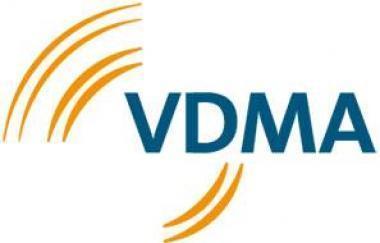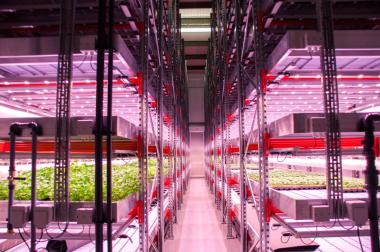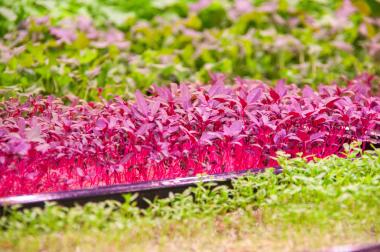Way2ITMA: Recycling technologies offered by VDMA members
In the run-up to ITMA, VDMA is presenting an overview of the textile recycling technologies offered by member companies exhibiting at ITMA. VDMA and its members are committed to a responsible use of all resources used in textile production. VDMA members create the technical prerequisites for the efficient reuse and recycling of textile raw materials.
In the spirit of the circular economy, VDMA companies offer solutions for the entire processing and production chain. The production programme and services include equipment and technologies for recycling textile production waste, textiles, textile auxiliaries or waste heat and for processing recycled materials into textiles.
An overview of the available technologies is provided here: Way2ITMA-Recycling
The short descriptions of the solutions offered by the member companies are structured according to the following headings:
- Recycling of textile production waste and textiles
- Recycling of caustic soda and waste heat
- Processing of recycled materials
VDMA e.V.


